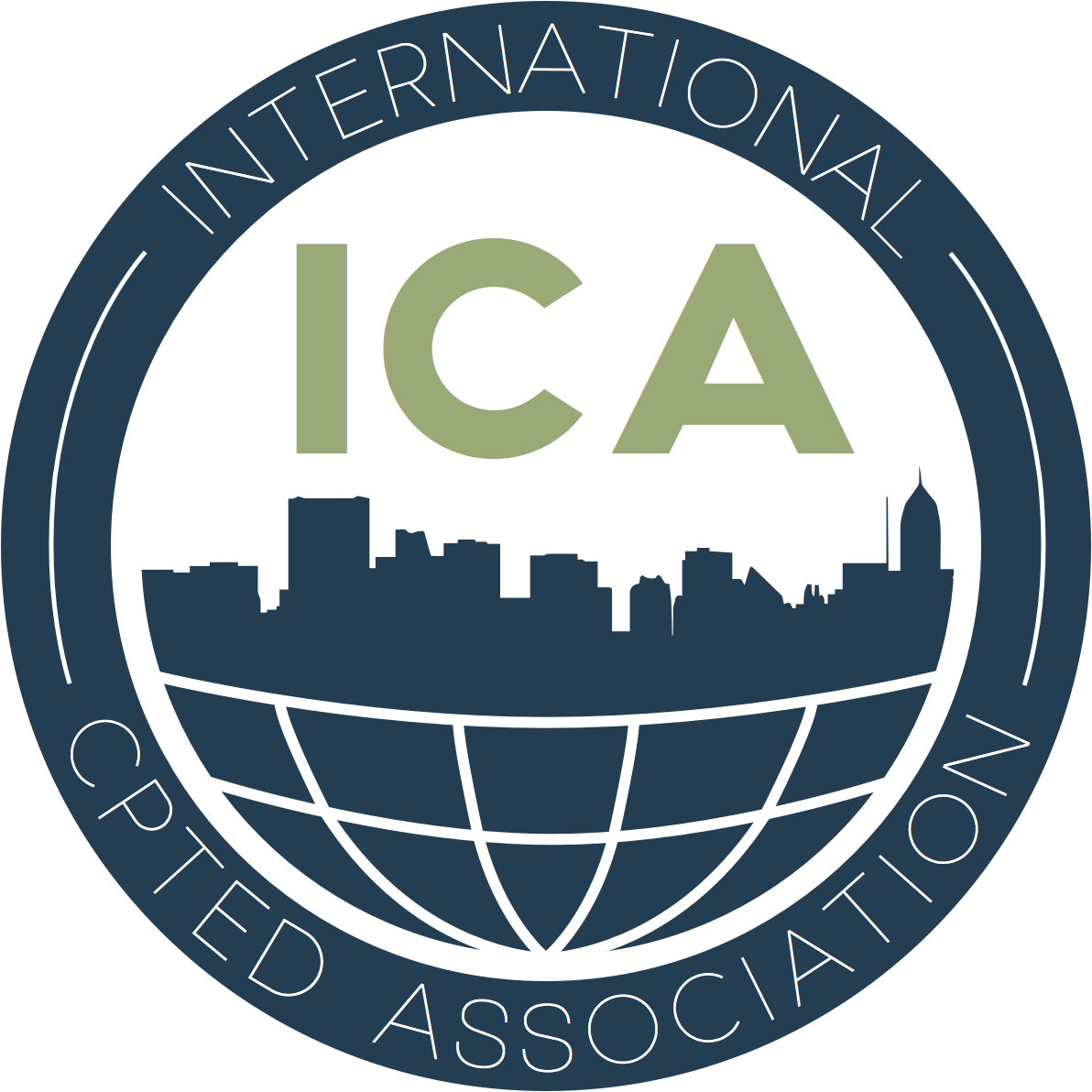In 1989 the UN established its landmark Convention on the Rights of the Child and all nations except the USA and Somalia signed the Convention. This Convention aimed at having national governments adopt policies and practices which gave greater rights to children.
Principle amongst these rights were the right to be consulted about decisions which affect their lives and to have their views accorded due weight with regard to the age, maturity and capacity of the child/children to engage with the issues.
Unfortunately, 21 years later most governments, especially at the local/municipal level still tend to talk about, rather than undertake consultation with children about the planning, construction and maintenance of local public infrastructure. In a recent research activity I found that of 117 British local authorities only two (2) had actually consulted a live child as opposed to talking about the importance of doing so. This is surely rather alarming given the vast amounts of money and political rhetoric expended in the past decade about every child mattering or not being left behind
Frequently any discussion of children and young people is conducted in terms of binary opposites with children seen as either helpless victims or uncontrollable criminals. Consequently we see many local authorities treating children as if they were a problem to be 'solved' (by use of noise, lighting, target-hardening etc), rather than as citizens who need to be engaged.
As a former police officer, my concern has always been to treat young people as part of the solution rather than the problem and now as a lecturer responsible for training future social workers, teachers, carers etc, I am interested in hearing of any work being done which actively consults with/ works with, children under the age of 10 years
